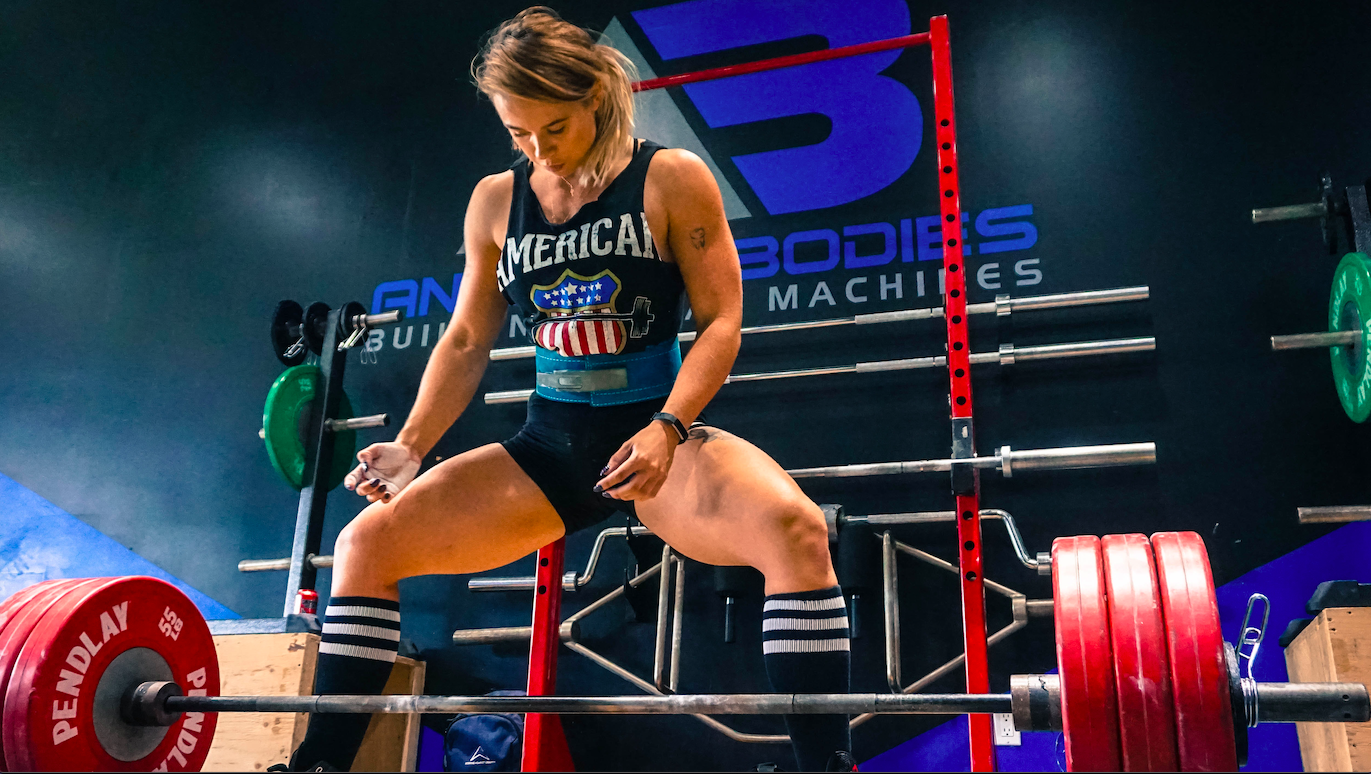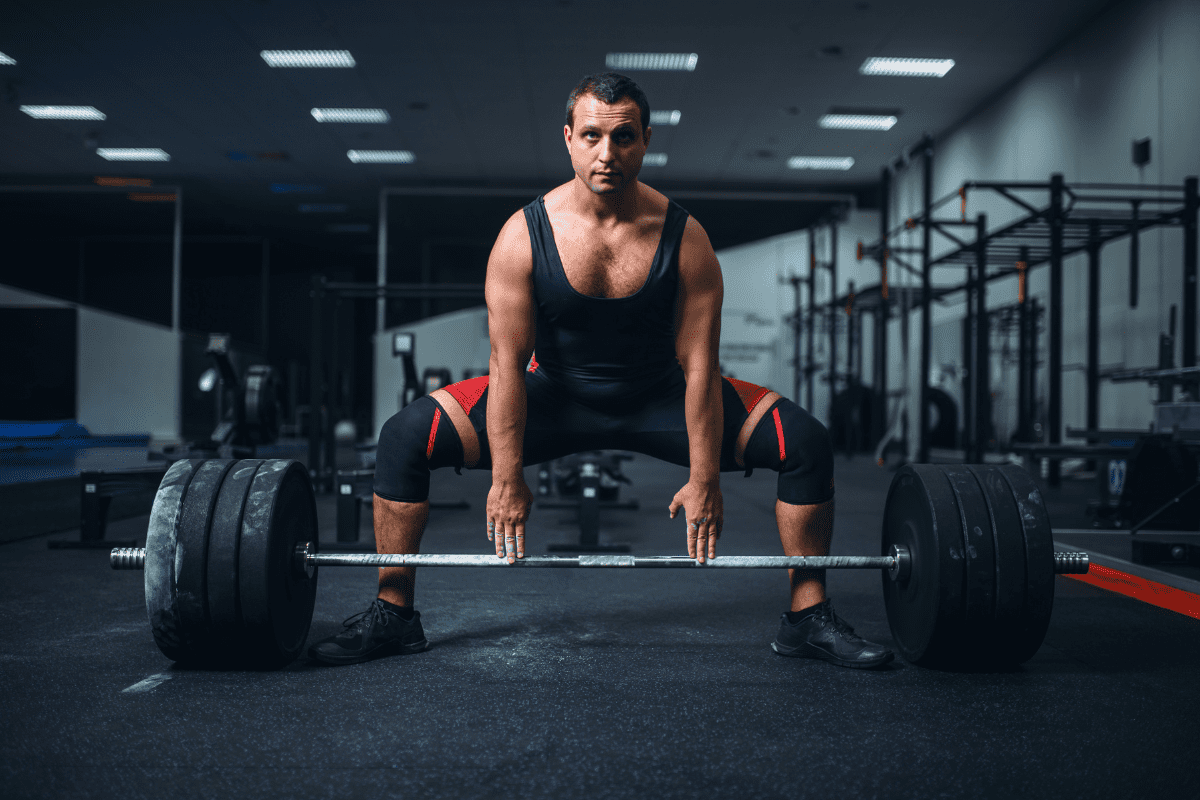
Perfecting Foot Placement in the Sumo Deadlift – Unlocking Strength & Efficiency
The sumo deadlift is a game-changing movement that allows lifters to leverage hip strength, shorten the range of motion, and lift heavier loads compared to conventional deadlifts. But success in sumo deadlifting is highly dependent on correct foot placement. A stance that’s too wide can reduce power, while a stance that’s too narrow limits hip engagement, leading to inefficient pulls.
Finding the best stance for sumo deadlifts can mean the difference between an effortless PR and a failed attempt. This guide breaks down the best foot placement strategies used by elite lifters and how you can optimize your setup to maximize force production.

Understanding Sumo Deadlift Mechanics
Why Foot Placement Matters in the Sumo Deadlift
🔥 Maximizes Hip Engagement – A proper stance allows better leverage, transferring force efficiently from legs to bar.
🔥 Reduces Strain on the Lower Back – Unlike conventional deadlifts, sumo deadlifts place less pressure on the spine, making stance crucial.
🔥 Improves Bar Path & Efficiency – Correct foot placement ensures that the bar stays close to the body, creating a straight pull with minimal wasted energy.

If you’re struggling with balance or knee pain during sumo deadlifts, adjusting your toe angle and stance width can make a significant difference. Many lifters who transition to sumo often search for the best stance for sumo deadlifts, trying to refine their positioning for optimal hip drive.
How to Find Your Optimal Foot Placement
1️⃣ Step 1: Start with a Shoulder-Width Reference
Begin by placing your feet slightly wider than shoulder-width to establish a balanced stance. Many lifters ask how wide should my stance be for sumo deadlifts?—the answer depends on your hip mobility and leverages.
2️⃣ Step 2: Adjust Width Based on Mobility & Strength
🔹 Narrower Stance: More quad-dominant, better for lifters with shorter legs and stronger knee drive.
🔹 Wider Stance: More hip-dominant, ideal for lifters with flexible adductors, longer femurs, and strong posterior chains.
3️⃣ Step 3: Toe Angle for Better Force Transfer
Point toes outward at a 30–45-degree angle to align knees with hip rotation for maximum force production. Many lifters search for proper foot angle in sumo deadlifts—this small adjustment can lead to better stability and stronger pulls.

Common Mistakes & How to Fix Them
🚫 Feet Too Wide – Loss of Power
🔹 Fix: Adjust stance to maintain balance and tension in the hips.
🚫 Toes Not Turned Out Enough – Poor Knee Tracking
🔹 Fix: Ensure feet and knees track together for better force production.
🚫 Feet Too Close – Reduced Hip Engagement
🔹 Fix: Widen stance slightly, ensuring a proper hip hinge.
🚫 Not Using Leg Drive Properly
🔹 Fix: Push feet outward against the floor before initiating the pull to engage adductors effectively.

Many powerlifters struggle with finding the right sumo deadlift stance and often search for how to fix bad foot placement in sumo deadlifts. Fixing these common errors ensures better mechanics and consistent strength progression.
Additional Tips for a Stronger Sumo Deadlift
🔥 Brace Your Core Before Pulling
Maintain a tight midsection by taking a deep breath and bracing your abs and lats—this reduces excessive hip movement and improves bar control.
🔥 Drive Your Feet Outward for Stability
Think of "spreading the floor" with your feet to activate hip muscles and maintain tension throughout the lift. If you search for sumo deadlift stance width, you’ll find that proper foot engagement makes a huge impact.
🔥 Optimize Bar Path
Keep the bar close to the body and pull in a straight vertical line for efficient leverage. Many lifters wonder, is my sumo stance too wide? If you’re struggling to get the bar moving off the ground, adjust stance width incrementally.
🔥 Experiment with Stance Variations
Some lifters thrive in semi-wide sumo, while others need an ultra-wide stance—test what works best for your anatomy and leverages.

Perfecting foot placement in the sumo deadlift can transform your performance, helping you lift heavier, avoid injuries, and maximize efficiency. Whether you’re searching for sumo deadlift foot placement guide or wondering how wide should your stance be, refining stance width, toe angle, and knee tracking is key to unlocking your best deadlift.






